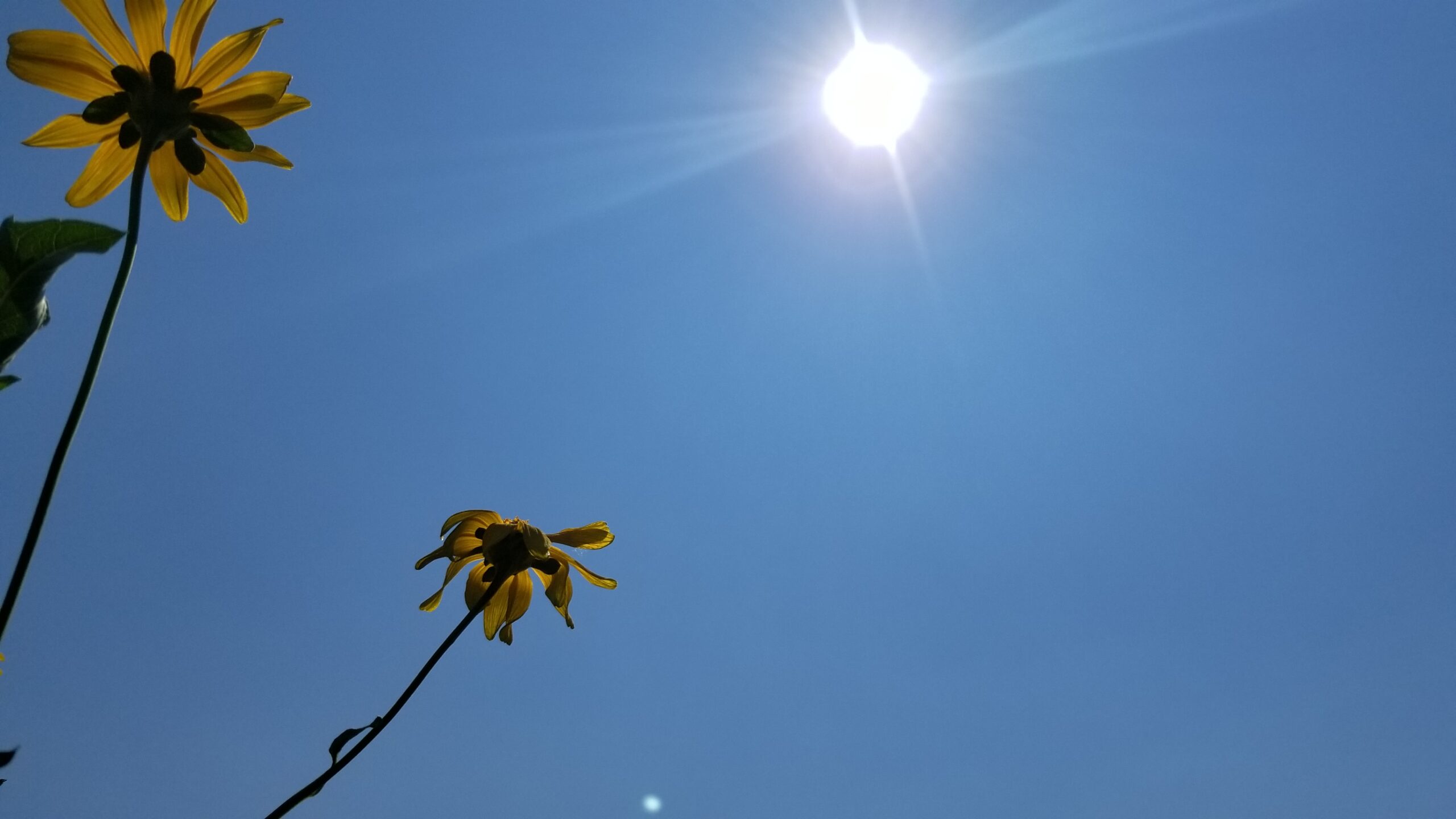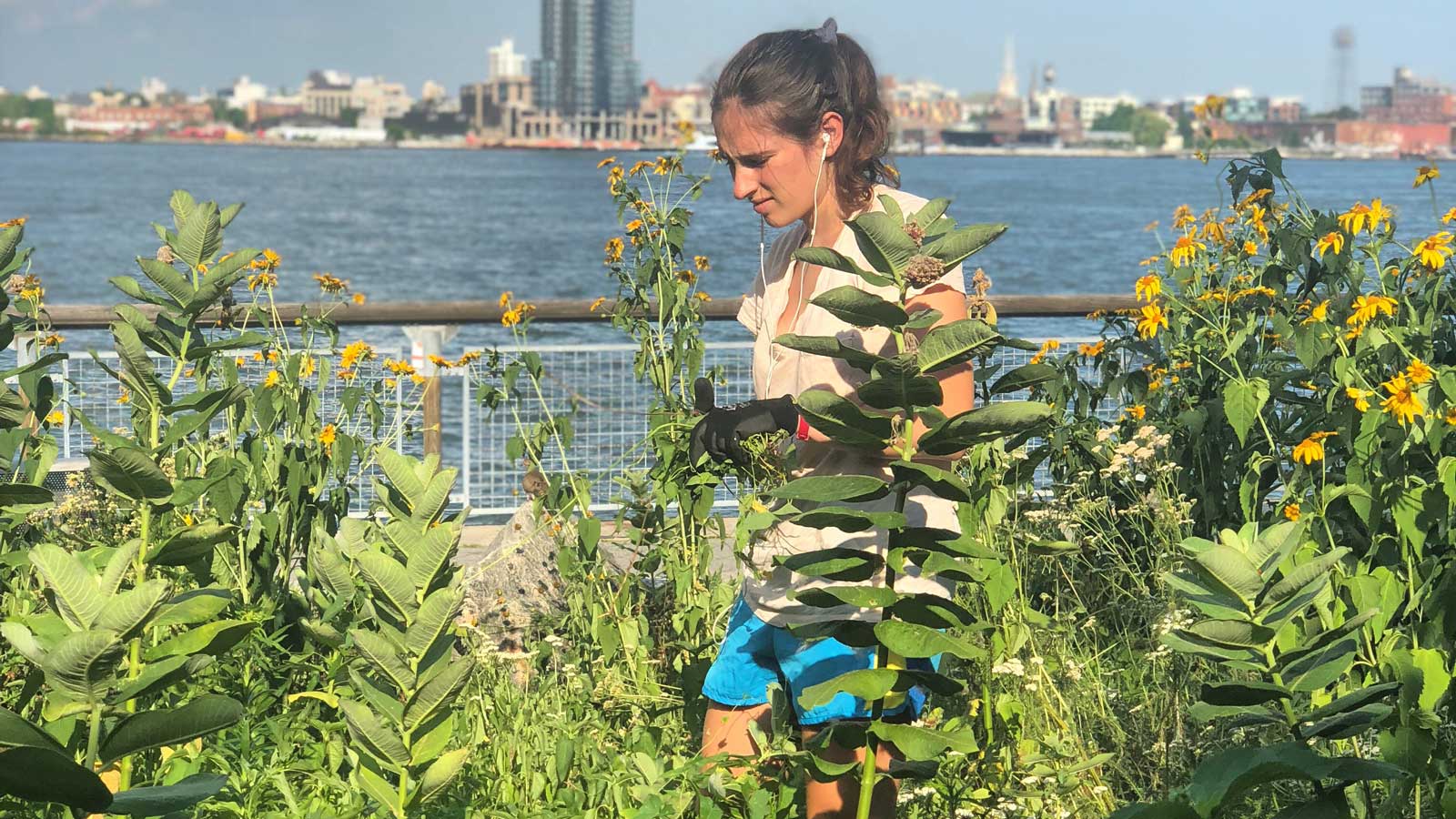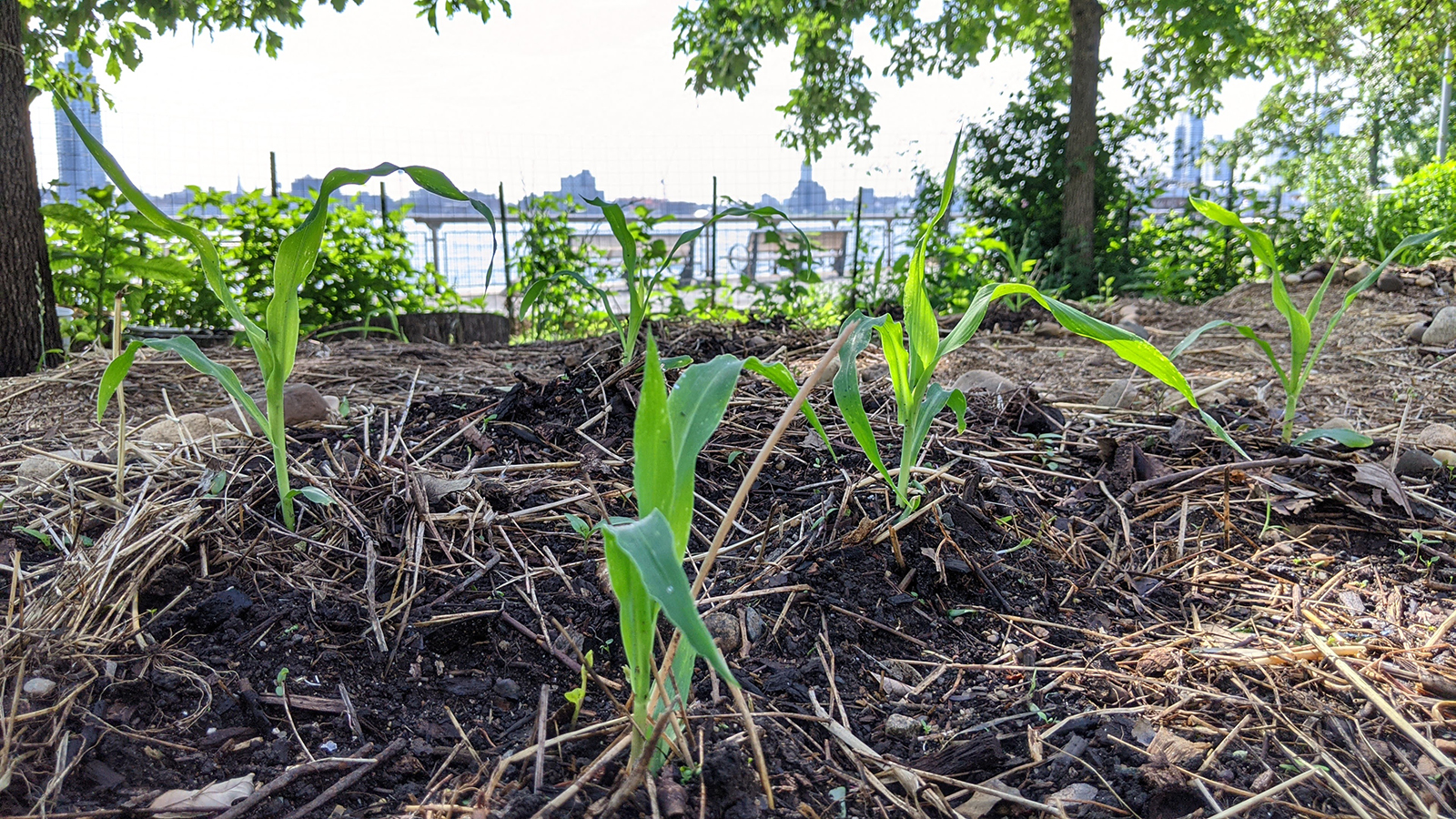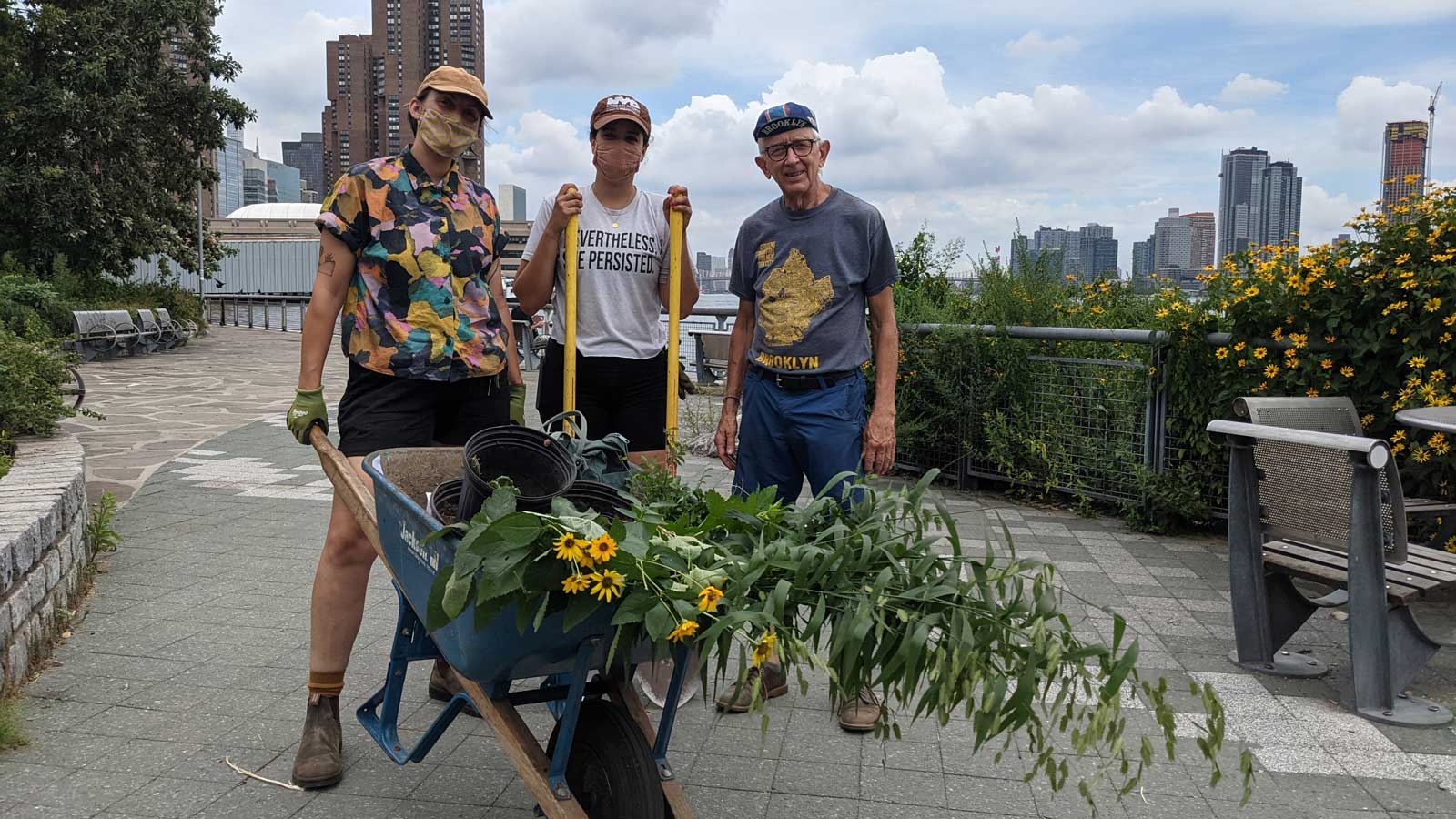Stuy Cove Park is:
Stuy Cove Park is a Lower Manhattan greenspace and educational hub for conversations on food, climate, and social justice. Built atop a former industrial site on stolen Lenape land, this city-owned property is managed by Solar One in partnership with the NYC Economic Development Corporation.
Our Mission:
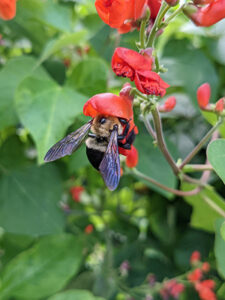
We live in a time of compounding crises: grievous class and race inequity, deadly pandemics, climate chaos and more, but Solar One at Stuy Cove Park has learned that storytelling– particularly through the lens of food and food culture- can help people think critically and act decisively; to reflect and respond as interdependent stewards of planet earth.
To that end we host conversations that increase literacy and competency on complex issues through immersive community activations with land. By welcoming folks of intersecting identities to see, taste, smell and feel the many gifts planet Earth has to offer, we can increase our collective agency in building a just and sustainable future. We hope you’ll join us for one of our volunteer projects, hands-on workshops, educational field trips, or wild food events. To be notified of upcoming opportunities join our mailing list here or follow us on social media.
Our Stewardship
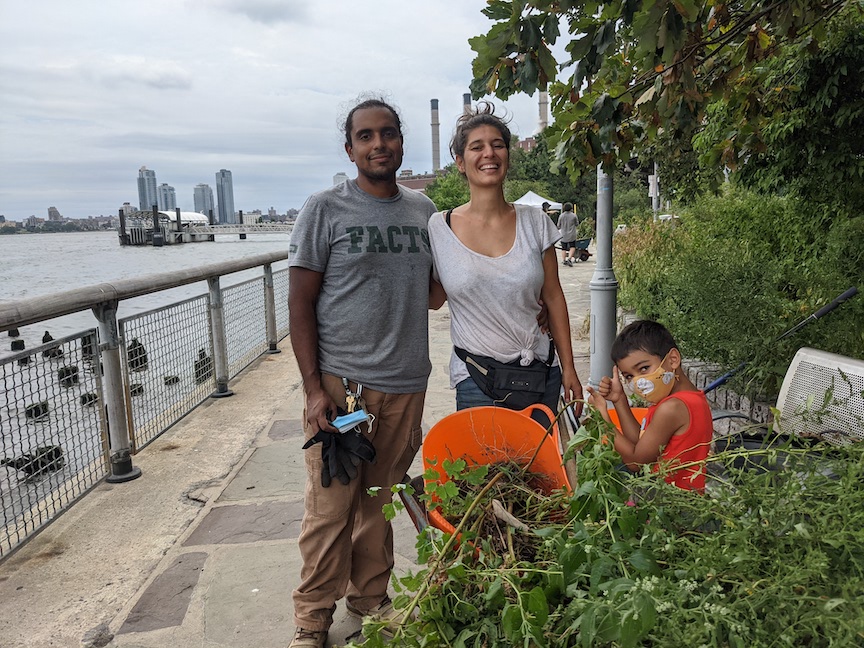
Everyone loves a pretty city park, but at Stuy Cove our first goal is to create a healthy ecosystem for all of the city’s stakeholders: humans, animals, birds, insects, fungi, and microbes alike. Our management philosophy is rooted in both Traditional Ecological Knowledge and cutting edge science– technologies often framed today under terms like “permaculture”, “regenerative agriculture”, or “agroforestry”. These practices work in mutualism and reciprocity with the land in ways that minimize waste through closed loop systems, produce a yield of wild food crops, maximize soil fertility, sequester carbon, and manage ecological imbalances through integrated pest management rather than herbicides or synthetic fertilizers.
Stuy Cove Park’s extensive range of native plants attract a surprising array of wildlife, earning the space designation as Wildlife Habitat #50805 with the National Wildlife Federation.
Our Location
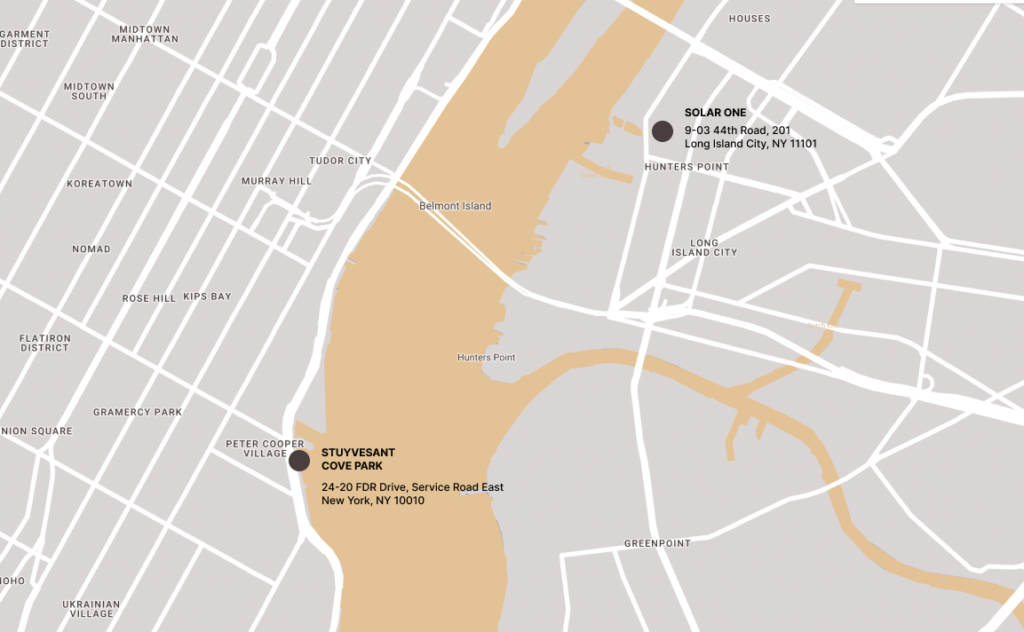
Our History
All of Manhattan (aka Manna-hatta) is the unceded territory of the Lenni Lenape tribe, an Unami word that means “the Original People”. Stuy Cove was once the submerged riverbed of the East River, and the adjacent coastline (at approximately 1st Avenue) provided the Munsee band of Lenape people with fish, wild game, and edible and medicinal plants that sustainably supported their daily needs.
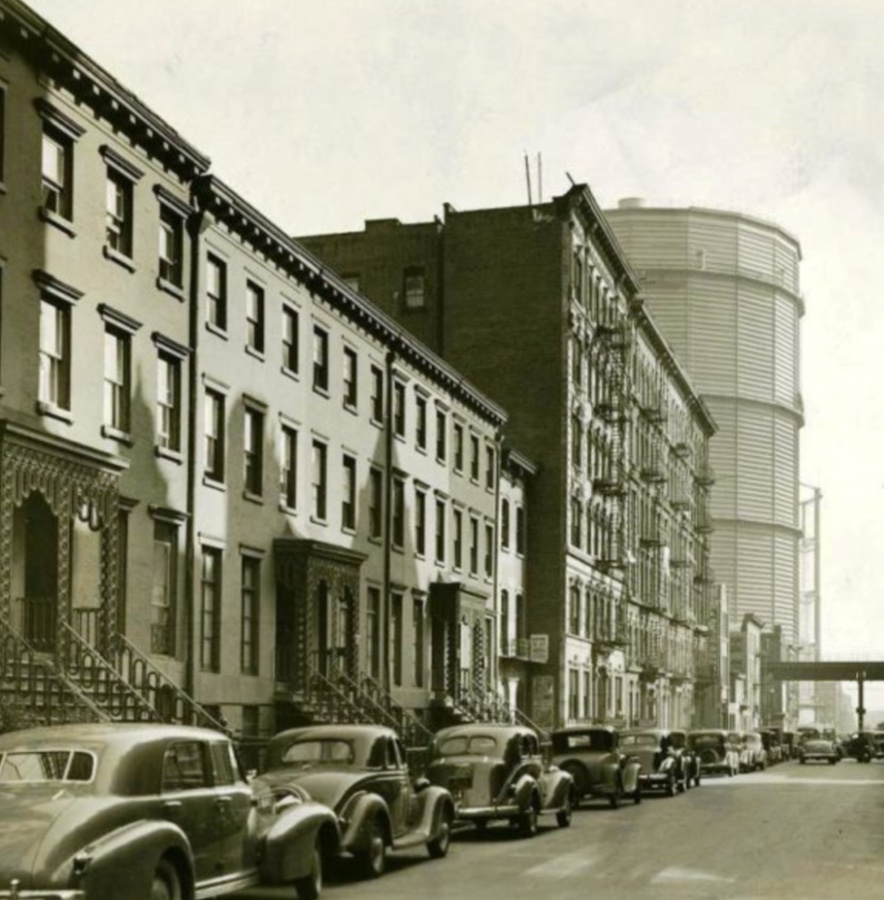
In 1609, Dutch colonizers established New Amsterdam on the island under the governance of Peter Stuyvesant who retired to a 62 acre farm very close to the current park site after enslaving Africans, persecuting Jews and Huguenots, and driving the Lenape from their home. In the early 1800s, the land we know as Stuy Cove was slowly built out of trash and shipping ballast in order to create dry docks and shipyards for New York’s massive shipping industry, and the site increasingly stored manufactured coal gas tanks that leaked into the surrounding earth with regularity. In the 1930s, the area was transformed again with the construction of the FDR, and from the 1940s onward, the site sat largely vacant, becoming a catch all dump site for individuals and businesses alike. In the mid 1980s a group of developers set their sights on converting the coastline into a multi use project known as Riverwalk that would have dramatically increased the cost of living, driving out the neighborhood’s middle class community. Fortunately, a group of local residents rallied to fight the developer’s plans and demand the creation of a community-oriented green space. Stuy Cove Park was established in 2002, and Solar One was created to manage the park on behalf of the Economic Development Corporation.
In 2012 Hurricane Sandy hit lower Manhattan hard with a 13 foot storm surge. As a result construction began in 2020 for the East Side Coastal Resiliency Project, which razed and rebuilt the park’s entire footprint while also installing a 10 foot flood wall to protect lower Manhattan communities from the oncoming impacts of sea level rise. As our planet and community continue to transform, Stuy Cove Park will serve as a space for community, ecology and social repair in America’s most diverse and densely populated city.

